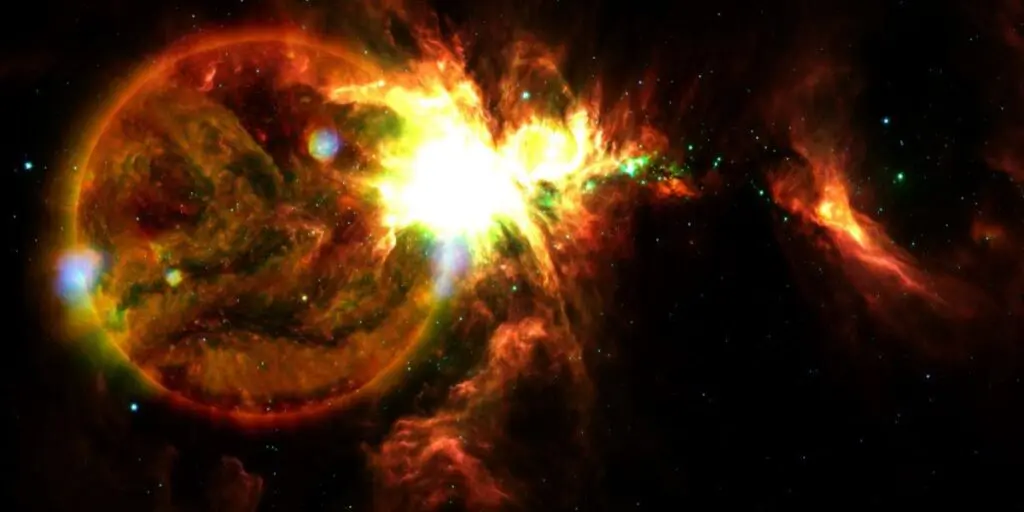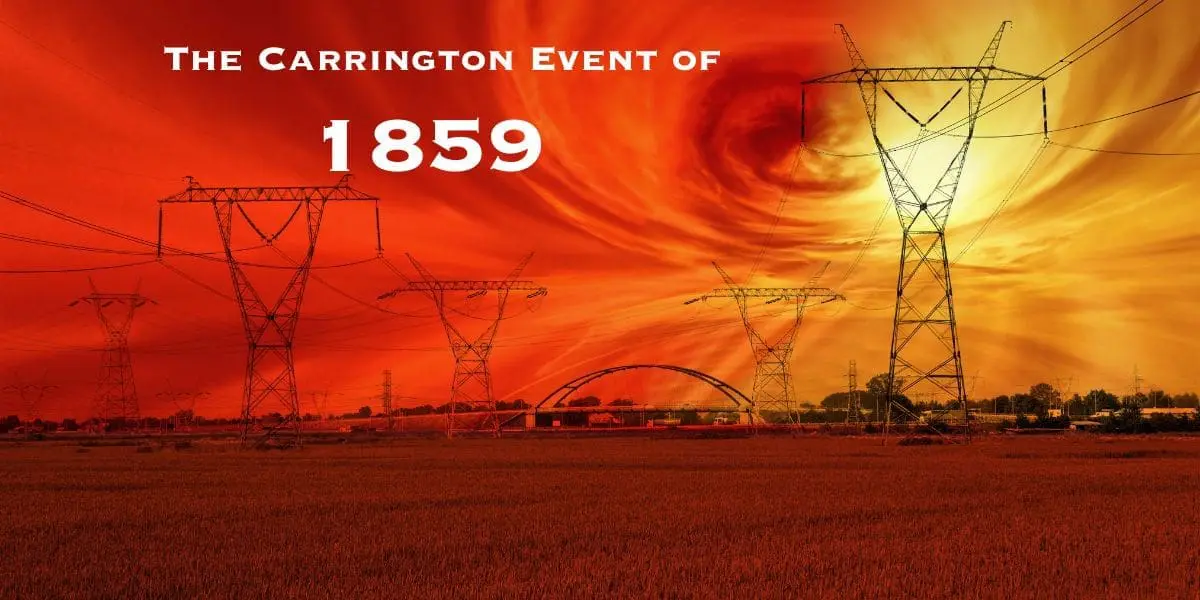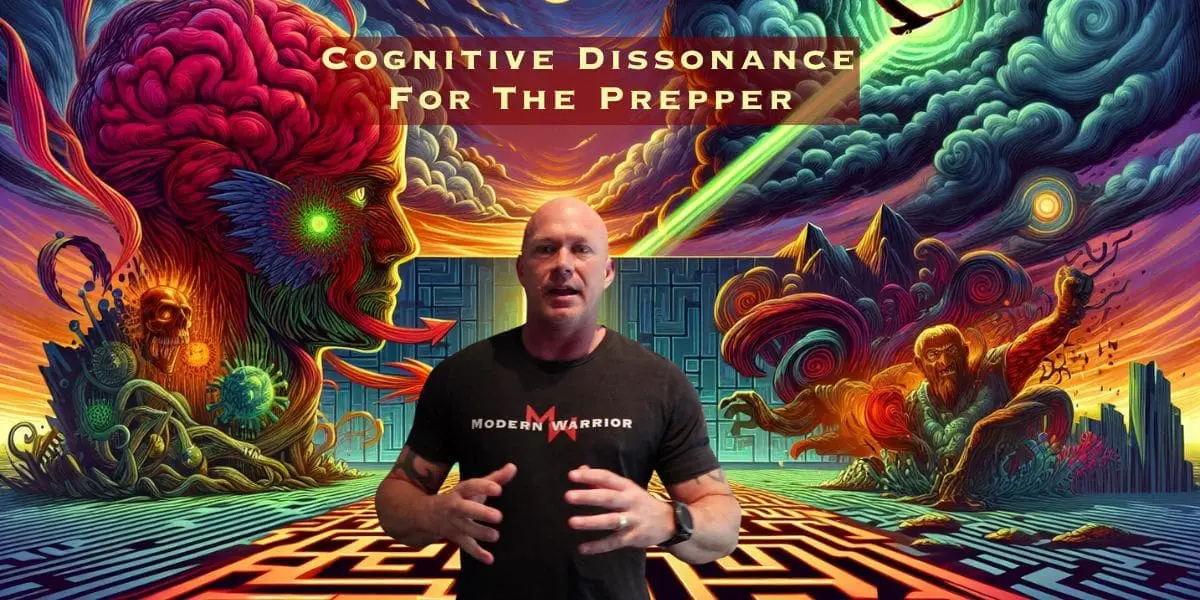In the year 1859, the world witnessed a celestial spectacle that would forever change our understanding of the power of the sun. This event, now known as the Carrington Event, was a massive solar storm triggered by intense activity on the sun’s surface. It unleashed a torrent of charged particles and electromagnetic radiation towards Earth, causing widespread disruptions and leaving a lasting impact on our planet.

The Carrington Event: What Happened?
On September 1, 1859, British astronomer Richard Carrington observed a blast of white light on the surface of the sun. This was the first recorded solar flare, an eruption of energy from the sun’s magnetic field. Carrington’s observation was followed by an unprecedented geomagnetic storm on Earth, with telegraph systems going haywire and auroral displays visible in the tropics.
The effects of the Carrington Event were felt worldwide. Telegraph communications around the world failed, with reports of sparks showering from telegraph machines, operators receiving electric shocks, and papers set ablaze by the rogue sparks. The northern lights (aurora borealis) were witnessed as far south as Cuba and Honolulu, while the southern lights (aurora australis) were seen as far north as Santiago, Chile. The colorful displays were so bright that people in Missouri could read by the atmospheric light after midnight, and gold miners in the Rocky Mountains woke up and made coffee, bacon, and eggs at 1 a.m. local time, thinking the sun had risen on a cloudy morning.
NOAA Weather Alert, Portable Solar Hand Crank AM/FM Shortwave Radio for Survival,Rechargeable Battery Powered,USB Charger,Flashlight,Reading Lamp,SOS Alarms for Home Outdoor
The Potential Impact of a Modern-Day Carrington Event
While the Carrington Event occurred over 160 years ago, its significance remains relevant today. Our world has become far more dependent on electricity and technology since then. Our interconnected systems, from power grids to telecommunications, are vulnerable to the effects of a similar solar storm.
Solar storms, like the Carrington Event, release massive amounts of energy and charged particles that can interact with Earth’s magnetic field. These interactions can induce powerful electrical currents in long stretches of electrically conductive material, such as power lines, telecommunication cables, and pipelines. Geomagnetic storms have the potential to wreak havoc on our modern infrastructure.
In 1989, a geomagnetic storm caused a blackout in the entire Canadian province of Quebec, leaving 6 million customers without power for nine hours. The storm also damaged transformers as far away as New Jersey and nearly took down power grids from the Eastern Seaboard to the Pacific Northwest. The impact of a modern-day Carrington Event could be even more severe, potentially resulting in global blackouts that could last for years.
For Megan Wolford, life as she knew it came to an end after the world was decimated by an EMP. Now, she does her best to survive and protect her daughter, Caitlin. But when the young girl falls ill with a mysterious virus, Meghan must leave the safety of their home and embark on a dangerous journey to forage for medical supplies.
Safeguarding Against a Future Carrington Event
Given the potential consequences of a solar storm of Carrington’s magnitude, it is crucial to take measures to safeguard ourselves against such an event. Here are some steps that can be taken:
- Enhanced Space Weather Monitoring: Investing in advanced space weather monitoring systems can provide early warnings of solar storms. Organizations like NASA and the European Space Agency (ESA) already monitor the sun’s activity and issue alerts when significant solar events occur.
- Strengthening Infrastructure: Critical infrastructure, such as power grids and communication networks, should be designed and built to withstand the impact of a severe solar storm. Implementing protective measures, such as surge protectors and shielding, can help mitigate the effects of geomagnetic disturbances.
- Emergency Preparedness: Governments, organizations, and individuals should have robust emergency preparedness plans in place to respond to and recover from the effects of a solar storm. This includes stockpiling essential supplies, establishing backup power sources, and developing communication protocols for emergency situations.
- Education and Awareness: Raising public awareness about the potential risks of solar storms and the importance of preparedness is crucial. Educating individuals and communities about the potential impacts and necessary precautions can help minimize the disruption caused by a future Carrington-type event.
- Research and Development: Continued research into space weather and its potential impacts is essential. This includes studying historical solar events, improving forecasting models, and developing new technologies to mitigate the effects of solar storms.
Conclusion
The Carrington Event of 1859 serves as a stark reminder of the immense power of the sun and the potential impact of solar storms on our modern world. As our reliance on technology and electricity continues to grow, the need to safeguard against a future Carrington-type event becomes increasingly important. By investing in advanced monitoring systems, strengthening infrastructure, promoting emergency preparedness, and raising public awareness, we can better protect ourselves and mitigate the potential consequences of a severe solar storm. It is through these collective efforts that we can navigate the challenges posed by the sun’s unpredictable nature and ensure the resilience of our technological civilization in the face of future solar storms.
If you’re interested in safeguarding you and your family against such an event then ensure you check out our articles and subscribe to our newsletter where we regulary post information and helpful resources to the prepared individuals. For this topic searching EMP or Solar Flare will bring results relevant to the topic.
Note: This article is based on historical events and scientific research. For specific recommendations and guidelines, it is advisable to consult official sources and experts in the field.
































